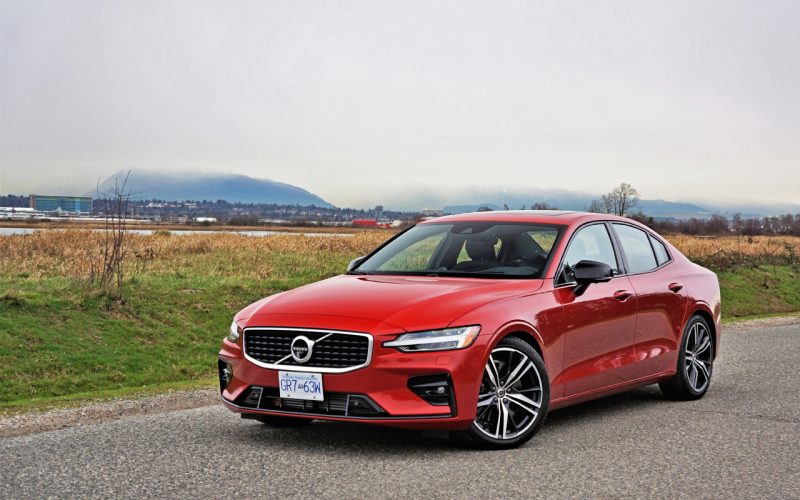
Reading Time: 12 minutesThe compact luxury sedan market segment is a tough nut to crack. It’s more or less
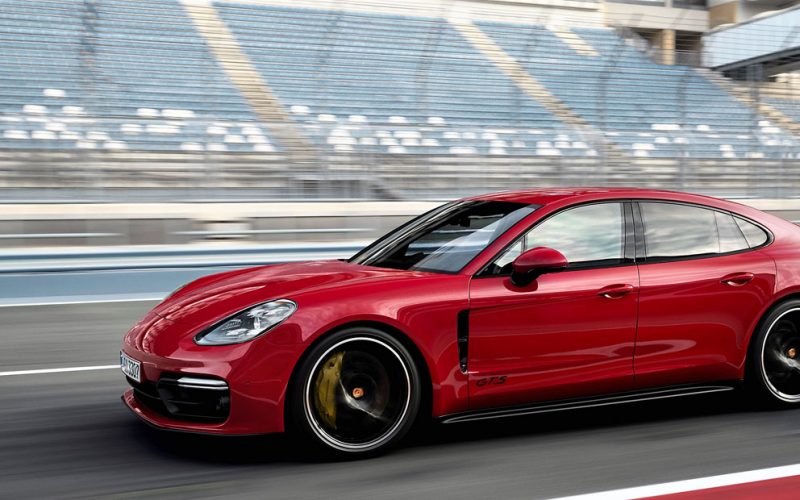
Reading Time: 5 minutesNow moving into the third year of its second-generation redesign, the thoroughly improved Panamera four-door coupe
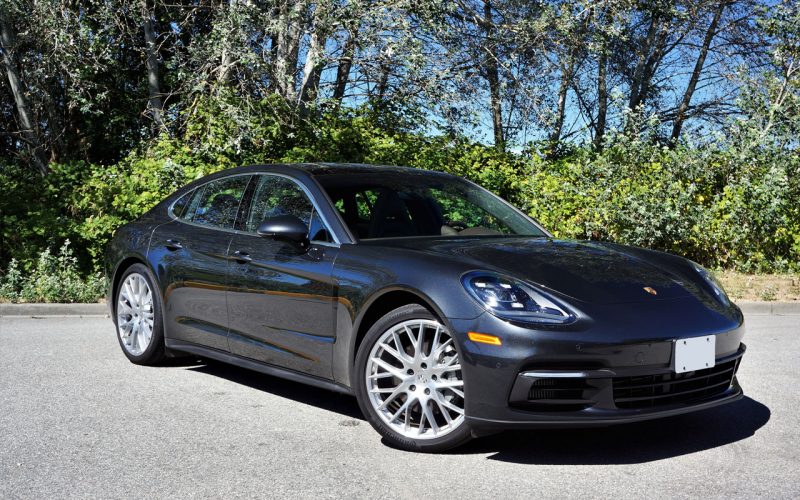
Reading Time: 12 minutesAs my dad always said, if you’re going to do something, do it right. Such is
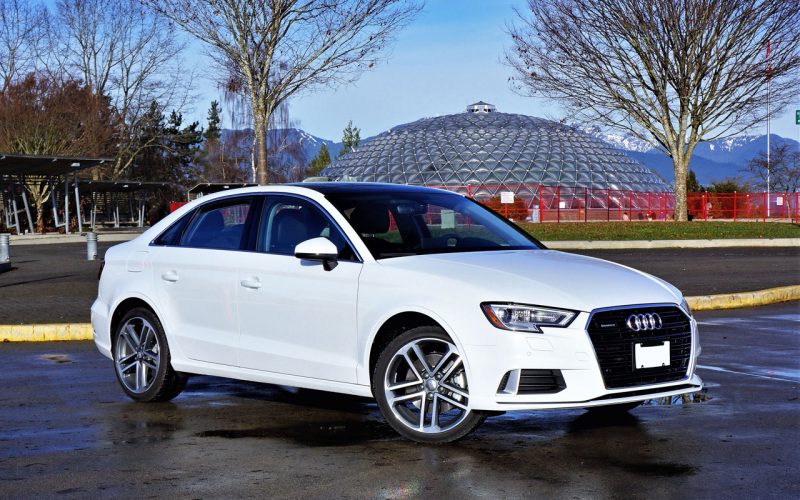
Reading Time: 11 minutesIn a market that’s constantly talking big about SUVs and simultaneously downplaying the popularity of traditional
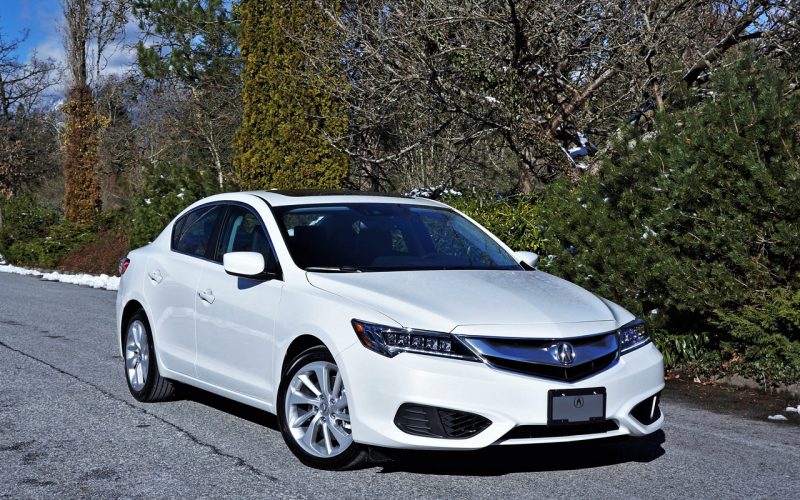
Reading Time: 10 minutesThe entry-level luxury car segment is different than most others in the industry. Unlike the larger
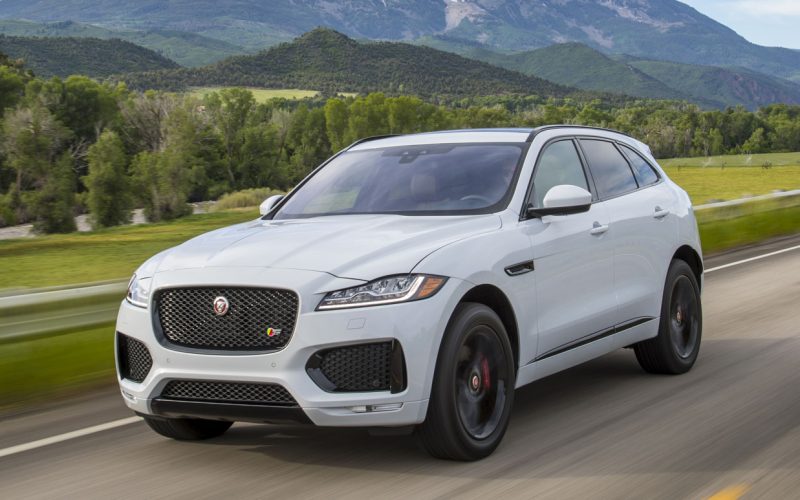
Reading Time: 5 minutesJaguar made news last year by introducing its formidable and efficient new gasoline-powered Ingenium turbocharged and
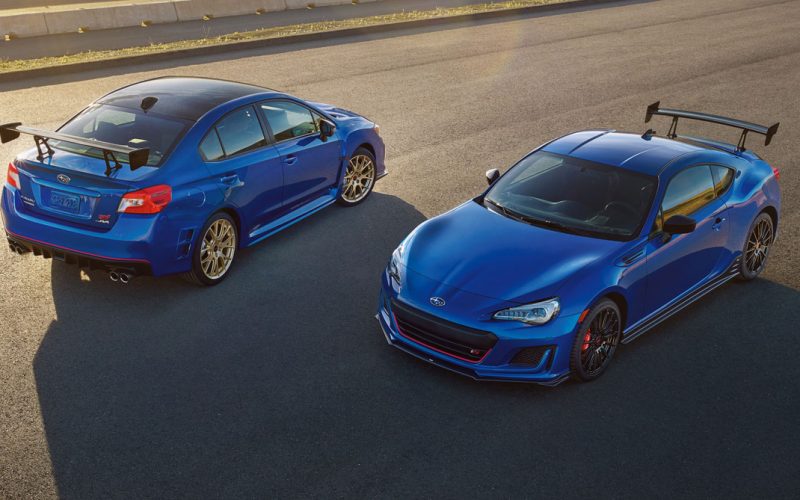
Reading Time: 5 minutesAs if Subaru’s redesigned WRX STI and BRZ weren’t enough on their own, Subaru’s performance division
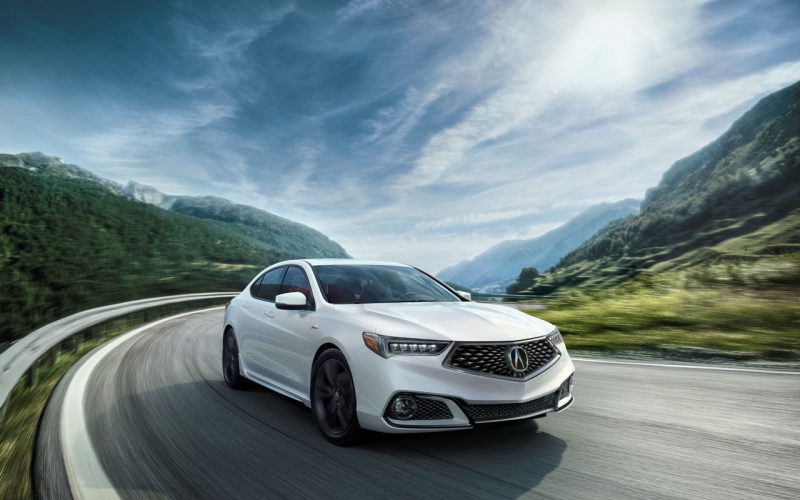
Reading Time: 6 minutesIn today’s SUV-crazed world it’s getting harder and harder to hawk sedans, even by premium brands.
© 2025 The Car Magazine. All Rights Reserved, Privacy Policy | Terms of Use